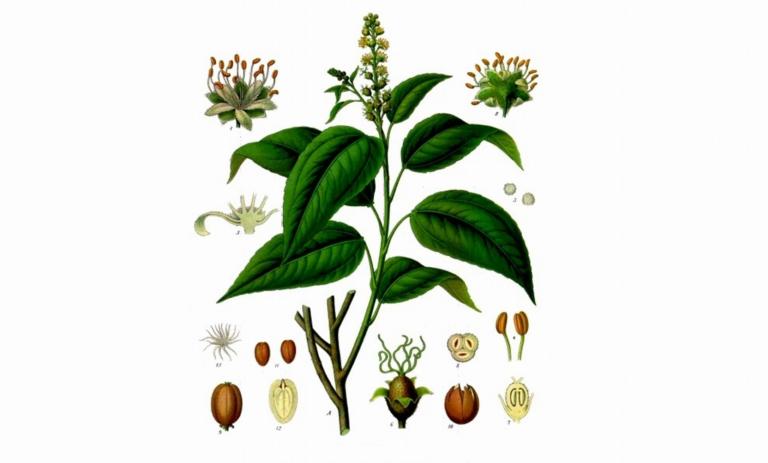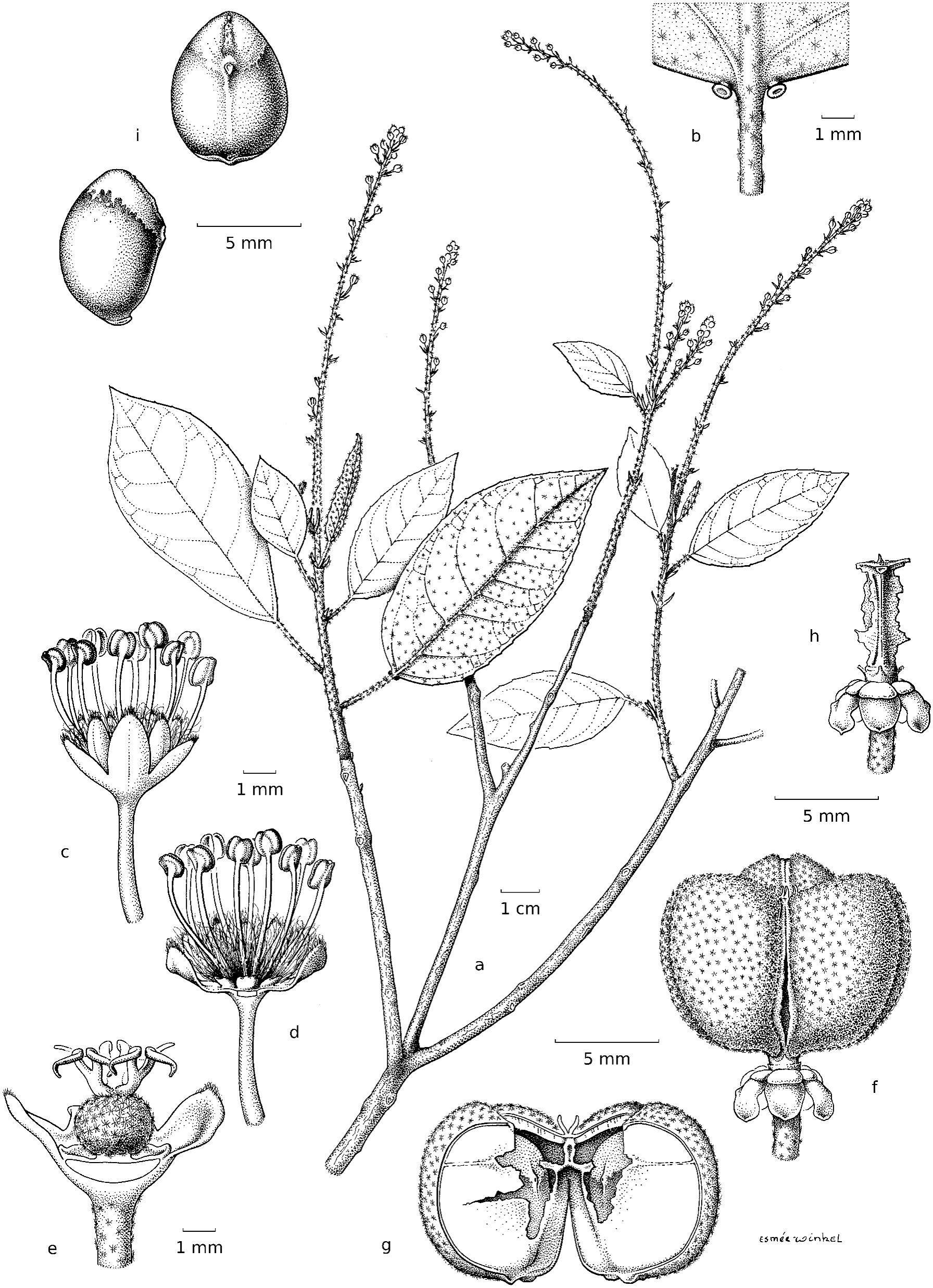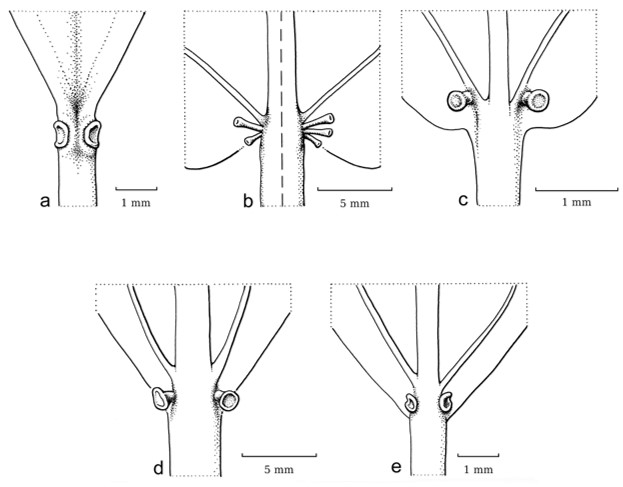
Which species of the plant genus Croton are present on the island groups Sulawesi (also known as Celebes) and the Moluccas in Indonesia? During this internship you will investigate this, and determine with which characters you can recognize the different species. You will describe species, and may even encounter new ones. Finally, this project aims to fit the species into a molecular phylogeny for Croton species.

Backgroundand context
Describing and exploring the flora of the Malay Archipelago, an island group usually called Malesia, is a very long-term project. The project is getting more and more urgent due to species loss as a result of land use and climate change. The revision of the family Euphorbiaceae is one of the main research topics of Naturalis Biodiversity Center. Presently, we are dealing with the genus Croton, which is pantropical, occurring in all three tropics. Do not confuse the genus with the English word Croton which refers to the Euphorbiaceae genus Codiaeum. We are investigating the Malay Archipelago per island group. Two internships by M.Sc. students have already concentrated on Sumatra, Java and the Lesser Sunda Islands. One revision is already published with four new species, the other is still continuing.
Objectivesand goals
The goal of this internship project is to revise the Croton species for Sulawesi and the Moluccas (presently 9 names known, but one is a mixtum of many forms). You will describe the species, make an identification key, do the nomenclature (see below) and fit the species into the so far finished phylogeny of especially the Malesian and Australian species of Croton.

Materialsand methods
The project uses herbarium specimens that will be compared and grouped into piles with constant differences (shown by all specimens) between the piles. You will make taxonomic descriptions and study the nomenclature (which name is the accepted name, which synonyms, references). For molecular work your work will add to the phylogeny made by two former students and the Australian species by Van Ee. To do this, you will extract DNA, use PCR of barcode genes, analyze sequencing results, and build a phylogeny). In the end you will write a clear report that will be the basis of a scientific article to be published later.
Studentrequirements
Having taxonomic knowledge (especially terminology) is very beneficial.
References
Beyer J, Esser H-J, Eurlings MCM, van Welzen PC. 2023. A revision of the genus Croton (Euphorbiaceae) in Sumatra (Indonesia). Blumea 68: 1–25.
van Ee BW, Forster PI, Berry PE. 2015. Phylogenetic relationships and a new sectional classification of Croton (Euphorbiaceae) in Australia. Australian Systematic Botany 28(4) : 219-233.